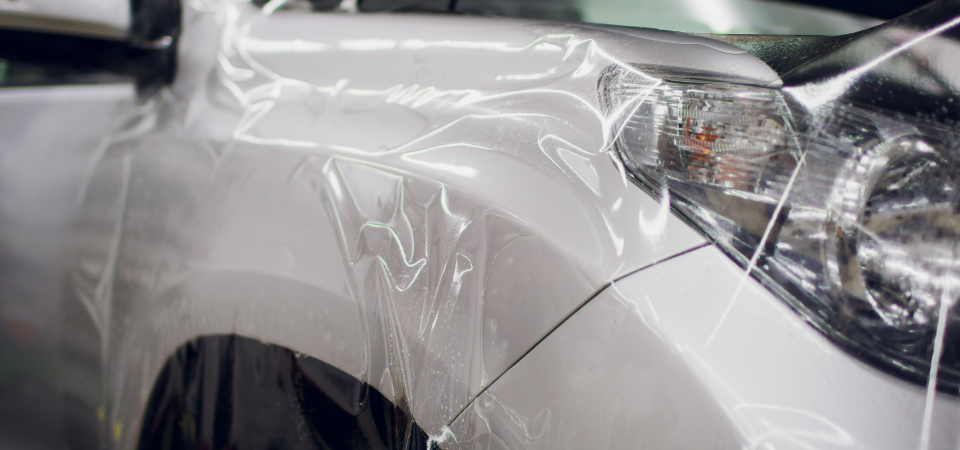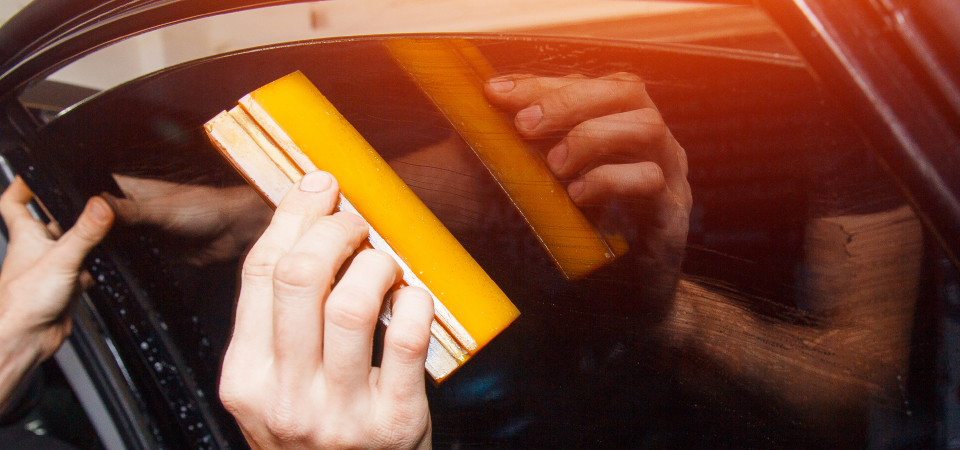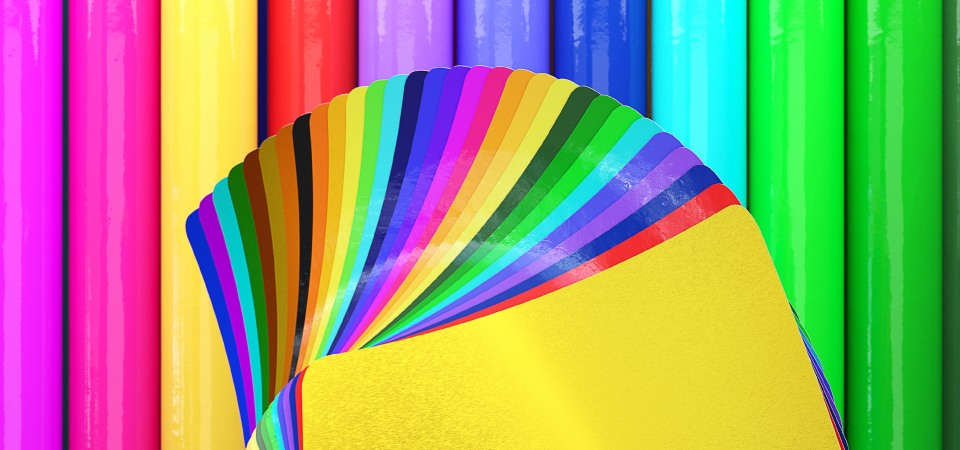Nano Carbon
Window Films & Automotive Tint
In today’s world of ozone depletion, overexposure to ever increasing UVB and UVA radiation can enter the atmosphere and cause sunburn and other certain forms of skin cancer. Malignant Melanoma is caused by indirect DNA damage which may result in negative health effects on the skin, eyes, and immune system. Prolonged exposure has given the International Agency for Research on Cancer of the World Health Organization reason to classify ultraviolet radiation as a Group 1 carcinogen.


Advantages for CFT Window Films:
• Block 99% of harmful Ultra Violet rays
• Reduce the effects of skin cancer from direct sunlight exposure
• Reduce total solar energy transmission by as much as >65%*
• Selective IR Rejection >85%*
• Air conditioning will not need to work so hard to cool the space
• Heating system will not be heavily impacted during the winter
• Can make glass more shatter resistant
• Prevent interiors surfaces and upholstery from being bleached or faded
• No Radio Frequency (RF) Signal disruption, Satellite, GPS, Cellular or TPM signal disruption
• Excellent Film Clarity, maintaining factory glass appearance
• Will not color fade like dyed films
• Offering Color Stable Films in a variety of shades to suit your visibility or privacy needs
• Offering exemplary combinations of heat rejection & high Visible Light Transmission (VLT)
Visible Light Transmission (VLT) Options for Window Tint:
5%, 20%, 30%, 40%, 50%, 60%, 70%, and 80% (5% Darkest Film -> 80% Lightest Film)
Nano Carbon Film is infused with carbon particles which are highly effective at blocking infrared light allowing interior spaces to remain cooler. And because it is not a dyed film like other leading competitors, the film will not fade with time. Likewise, Nano Carbon Film does not have metallic particles in its composition which ensures stronger signal strength for GPS, cell phones, satellite radio, and key fobs to operate better in and through the car. This cost affordable option comes in multiple hues and shade coefficients with VLT options ranging from 5% – 80%.
*Technical white papers on TSER and IR can be found here.

